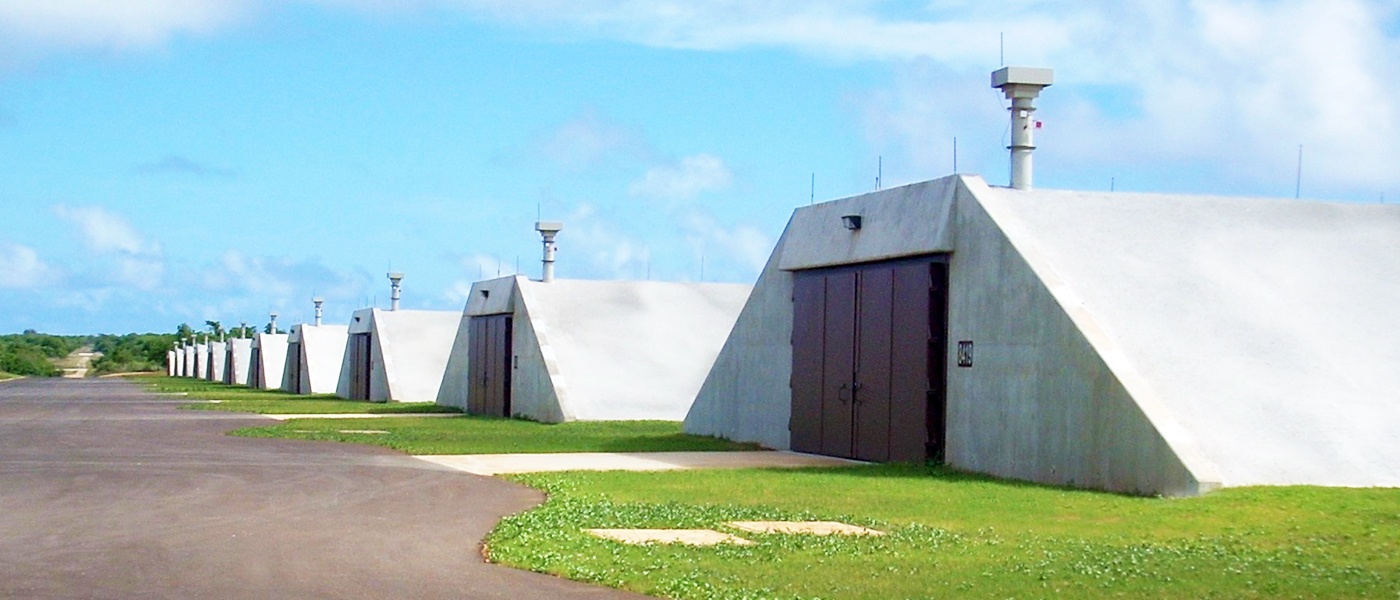Construction of warehouses for storing ammunition and other explosives
The company «Gutman Construction» specializes in the construction of modern warehouses for the storage of ammunition and explosives in accordance with international safety norms and standards. Our team has experience in implementing complex military facilities, where reliability, protection, and efficient logistics are the top priorities. We offer a full range of services — from design to commissioning.

Construction of ammunition warehouses
The construction of ammunition storage facilities requires strict compliance with safety regulations and consideration of the specific characteristics of the site. The location of the ammunition warehouse must be approved by the General Staff of the Armed Forces of Ukraine. To ensure safety, minimum distances must be maintained from the warehouse perimeter to the following objects:
- 15 km to airfields
- 15 km to civil aviation routes
- 30 km to nuclear power plants
- 20 km to thermal and hydroelectric power plants
- 20 km to petrochemical industry facilities
- 15 km to main gas and oil pipelines
Also, during the construction of ammunition warehouses, the following areas and facilities should be provided:
- Sorting yard
- Blasting yard
- Heliport
- Economic zone
- Barracks zone
- Residential zone
In addition, it is necessary to provide a security perimeter around the warehouse complex. The ammunition warehouse must be protected from the penetration of unauthorized persons by a wire fence. The distance from the blasting site to separately located residential buildings, roads, railways and the sorting site must be at least 1.5 km, and to a settlement - at least 3 km. The helipad should be located at a distance of 1.2 km from the technical area and the sorting zone.
Ammunition hazard categories
The hazard categories of ammunition are determined according to their characteristics and potential threat. According to departmental building codes, ammunition is divided into the following categories:
- HC1D1.1: Mass explosion. Particularly dangerous with regard to fire and explosion, in particular with the spread and propagation of fire centers over considerable distances with possible explosions.
- HC1D1.2: Fragmentation. Without mass explosion, but dangerous with fragments (shells, rockets).
- HC1D1.3: Fire + explosion. No mass explosion, but there may be strong burning or small explosions (MLRS charges, phosphorus ammunition).
- HC1D1.4: Minimal hazard. No risk of explosion of the entire batch (small arms, signal).
- HC1D1.5: Insensitive explosives. Very resistant to detonation, but can explode under extreme conditions.
- HC1D1.6: Ultra-resistant products. Products that are practically non-explosive (used in NATO special equipment).
Determining the hazard category of ammunition is critically important when designing and constructing warehouses for their storage, as it affects the safety and fire protection requirements of the facility.
The construction of warehouses for storing ammunition and explosives is a high-tech and responsible process. It requires a comprehensive approach: from design taking into account all risks to operation with constant control.
Gutman Construction is engaged in the construction of ammunition warehouses, taking into account all the requirements of Ukrainian legislation and safety standards. During construction, we use structures with a reliable foundation, anti-undermining protection, metal doors and alarm systems. We provide full protection from atmospheric influences, unauthorized access and other risks. The company guarantees reliability, quality and compliance with all safety standards - we build facilities that serve the strategic goals of the country.
